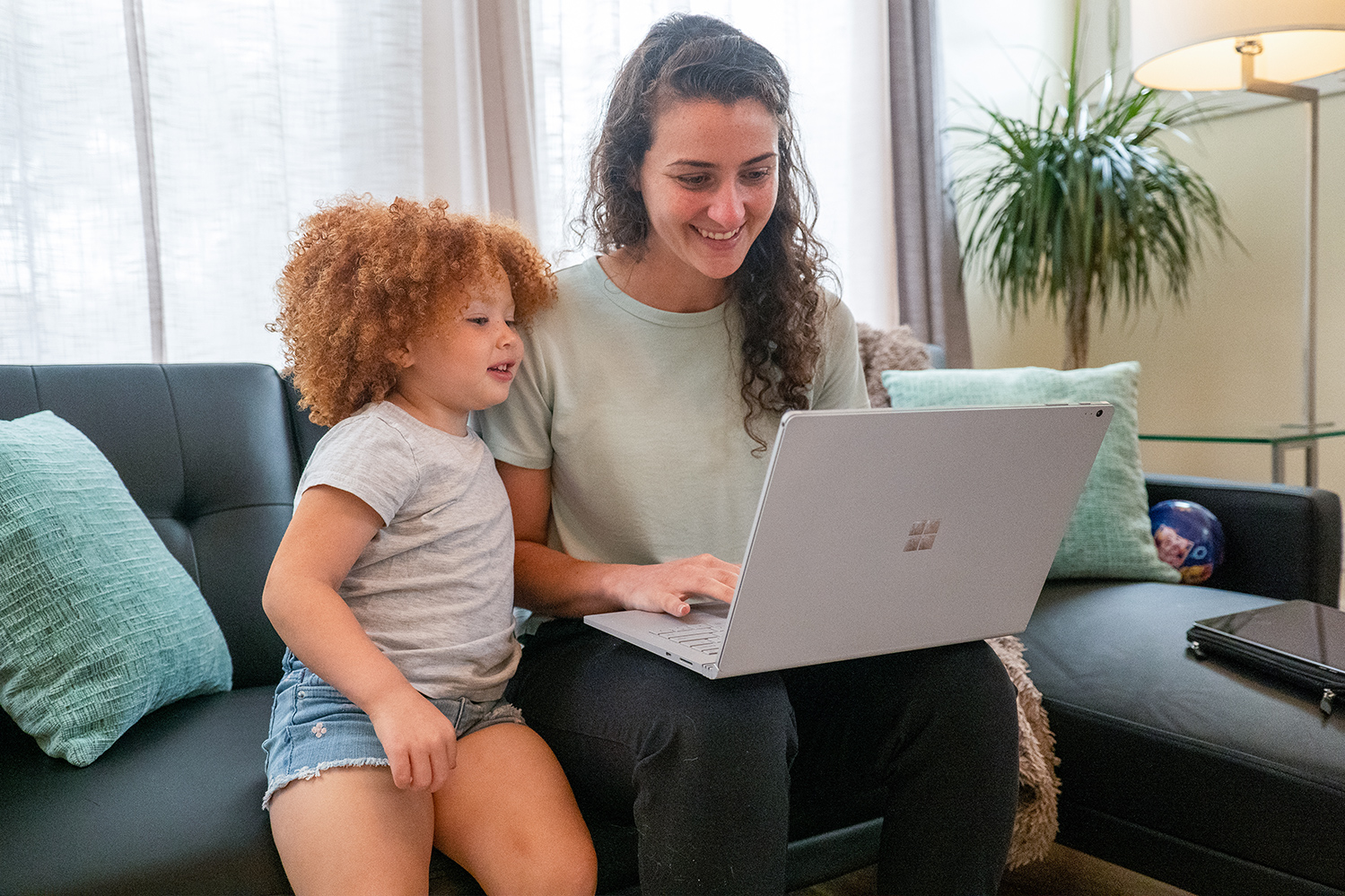When navigating support options for a child with Autism Spectrum Disorder (ASD), parents often find themselves comparing Applied Behavior Analysis (ABA) therapy and traditional schooling. It’s important to understand that these two are not typically replacements for each other but rather complementary systems with different goals, settings, and structures. The most effective approach for many children involves a combination of both.
What is the Primary Focus?
The biggest difference lies in the main goal of each setting.
- Applied Behavior Analysis (ABA) Therapy‘s primary focus is on individualized skill-building and behavior modification. ABA is an evidence-based, data-driven treatment that breaks down complex skills (like communication, social interaction, daily living, and managing challenging behaviors) into small, teachable steps. It uses positive reinforcement to increase helpful behaviors. The goal is to help the child develop the foundational skills needed for independence and success in various environments, including school.
- Traditional School’s primary focus is on academic education and broad social exposure. Schools are mandated by law to provide a free and appropriate education in the least restrictive environment. They follow a curriculum designed for group instruction. The goal is to provide academic knowledge, expose the child to a diverse peer group, and prepare them for a future career or higher education.
Structural and Programmatic Differences
A dedicated ABA program is typically highly individualized, often involving one-on-one (1:1) instruction with a Behavior Technician (BT) under the supervision of a Board Certified Behavior Analyst (BCBA). ABA treatment plans are data-driven, often range from 10 to 40 hours per week, and can be delivered in a clinic/center or in the home. Staff are specifically trained in the science and application of behavior analysis.
Conversely, a traditional school setting relies on group instruction following a standardized curriculum, with accommodations provided via an IEP (Individualized Education Plan). The setting is a classroom, providing a natural social environment with same-age peers, and follows the regular school day schedule. School staff are trained educators, and specific ABA expertise can vary significantly by district.
Working Together: A Combined Approach
For many children with autism, the ideal plan is integration. ABA prepares the child for school by helping them build foundational skills (sitting, following directions, communicating needs) necessary to access learning. The school environment then allows the child to generalize the skills they learn in ABA therapy by practicing them in natural social situations. Many families utilize a combination of ABA outside of school and in-school support from an aide or therapist trained in ABA principles. This collaboration ensures that therapeutic goals align with educational goals, and strategies are consistent across all settings.
Ultimately, the choice depends on your child’s individual needs, age, and developmental level. Consulting with a pediatrician, BCBA, and your school district’s special education team will help determine the right balance.





